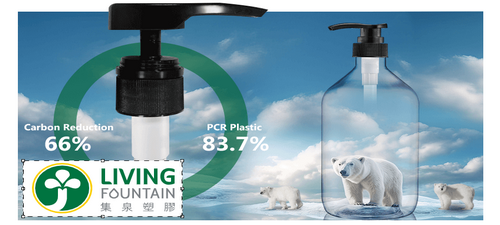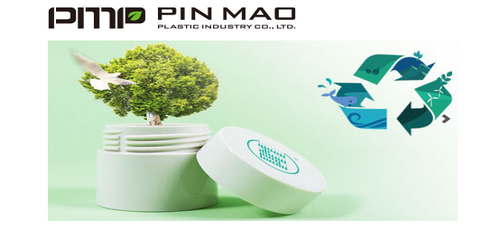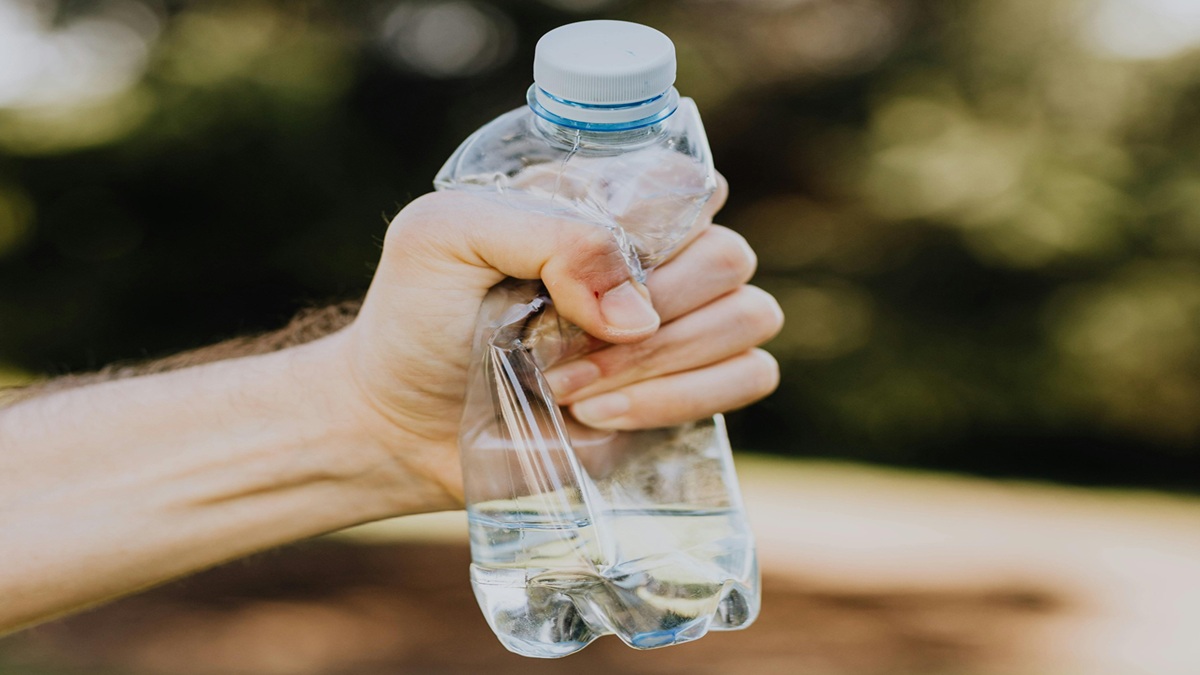The global challenge of plastic pollution has highlighted recyclable and biodegradable plastics as two key pathways toward sustainability. Recyclable plastics support a circular economy by reducing raw material use, energy consumption, and landfill waste, but face obstacles such as low recycling rates, quality degradation, and complex sorting. Biodegradable plastics, on the other hand, can break down naturally and reduce environmental accumulation, often using renewable resources; however, they require specific conditions for decomposition, may release greenhouse gases, and struggle with market acceptance. While each option offers distinct advantages, neither alone is sufficient. A dual approach - improving recycling systems while advancing biodegradable technologies - combined with government support, industry innovation, and consumer education, is essential to creating a more sustainable future for plastics.
Introduction
The global crisis of plastic overuse and pollution has intensified the demand for sustainable alternatives. In the search for solutions of sustainable plastic, two main approaches stand out: recyclable plastics and biodegradable plastics. Each offers potential environmental benefits, yet they also bring unique limitations. This article explores both options, weighs their strengths and weaknesses, and considers which might provide the most sustainable path forward.
Benefits of Recyclable Plastics
Recyclable plastics are central to the circular economy model, which seeks to reduce waste by keeping materials in use for as long as possible. Their greatest advantage lies in the ability to be collected, processed, and turned into new products - reducing the demand for virgin resources. Widely recycled types include polyethylene terephthalate (PET), high-density polyethylene (HDPE), and polypropylene (PP).
Environmental advantages include:
Lower reliance on raw resources: Recycling decreases dependence on petroleum and other nonrenewables.
Reduced energy use: Producing plastics from recycled feedstock generally consumes less energy than creating new plastics.
Less landfill waste: Recycling reduces the volume of plastics entering landfills.

Referral Link
Challenges of Recyclable Plastics
Despite these benefits, recycling is far from flawless:
Low global recycling rates: Many regions lack sufficient infrastructure, resulting in poor recycling performance.
Quality degradation: Plastics lose durability and strength after multiple recycling cycles, limiting high-value applications.
Complex sorting requirements: Effective recycling demands accurate sorting and minimal contamination, which is resource-intensive.
Biodegradable Plastics: A Natural Breakdown Alternative
Benefits of Biodegradable Plastics
Biodegradable plastics are designed to decompose through natural microbial activity, offering a potential solution to plastic accumulation. Many are produced from renewable feedstocks such as algae, crop residues, or other bio-based materials.
Their main advantages include:
Reduction in plastic pollution: Especially helpful in tackling marine debris.
Use of renewable inputs: Production often relies on sustainable, non-fossil sources.
Composting compatibility: Some can break down in industrial composting systems alongside food and organic waste.
Challenges of Biodegradable Plastics
However, these materials also face significant obstacles:
Specific decomposition conditions: Many require industrial composting facilities, which are not widely available.
Greenhouse gas emissions: Degradation can release methane in landfills or anaerobic conditions.
Consumer confidence and market growth: Mislabeling, confusion, and higher costs make adoption more difficult.

Referral Link
Recyclable vs. Biodegradable Plastics: A Comparison
Environmental Impact
Recyclable plastics help conserve resources and reduce waste but rely heavily on efficient collection and processing systems. Biodegradable plastics, by contrast, offer a direct way to reduce pollution, but their effectiveness depends on access to proper degradation environments and may inadvertently contribute to greenhouse gases.
Economic Viability
Both approaches require investment. Recycling infrastructure must expand to improve sorting and reprocessing, while biodegradable plastics need further research and innovation to become cost-effective and perform consistently.
Consumer Role
Public participation is key in both systems. Recycling success hinges on careful sorting and disposal by consumers, while biodegradable plastics demand awareness about how and where they should be composted or discarded.
Conclusion: A Combined Strategy for Sustainability
Neither recyclable nor biodegradable plastics can single-handedly solve the plastics crisis. The most promising path lies in combining both solutions. This means improving recycling systems to boost efficiency and material quality while advancing biodegradable plastics that can break down more reliably in different environments.
Progress will require collaboration between governments, industries, and consumers through:
Expanded recycling infrastructure: More advanced facilities to handle diverse plastics.
Innovation in biodegradable materials: Developing products that degrade effectively in natural settings.
Consumer education: Promoting awareness of both solutions’ strengths and limits to encourage responsible usage and disposal.
Ultimately, achieving true sustainability in plastics demands an integrated approach - blending technological progress, supportive policies, and consumer engagement. By adopting both recyclable and biodegradable plastics, society can take meaningful steps toward a cleaner, more resource-efficient future.









.png)






